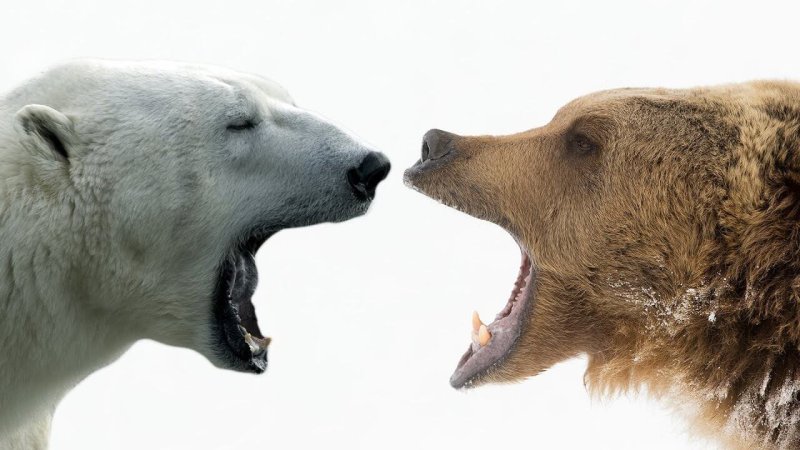It’s clear to anyone that an African elephant and a garden snail are different species, but the lines blur around closely related animals. In fact, many biologists suggest there isn’t a clear-cut definition of what a “species” really is.
It turns out that speciation is an even more complicated and messy process than previously thought.
A recent study, published in the Proceedings of the National Academy of Sciences (PNAS), looked at the separation of polar bears and brown bears into distinct species, discovering that the process of speciation is not as clear cut as we might like to believe.
“A lot of people use biological species concept – the ability of two individuals to successfully produce viable, fertile offspring – but that’s not always the case. The polar bear and brown bear, although it’s uncommon, are involved in hybridisation across the two species,” [said researcher Peter Cowman].
…
“What’s happened with polar bears and brown bears is a neat analogue to what we’re learning about human evolution: that the splitting of species can be incomplete,” [co-author Charlotte Lindqvist] says. “As more and more ancient genomes have been recovered from ancient human populations, including Neanderthals and Denisovans, we’re seeing that there was multidirectional genetic mixing going on as different groups of archaic humans mated with ancestors of modern humans. Polar bears and brown bears are another system where you see this happening.”































